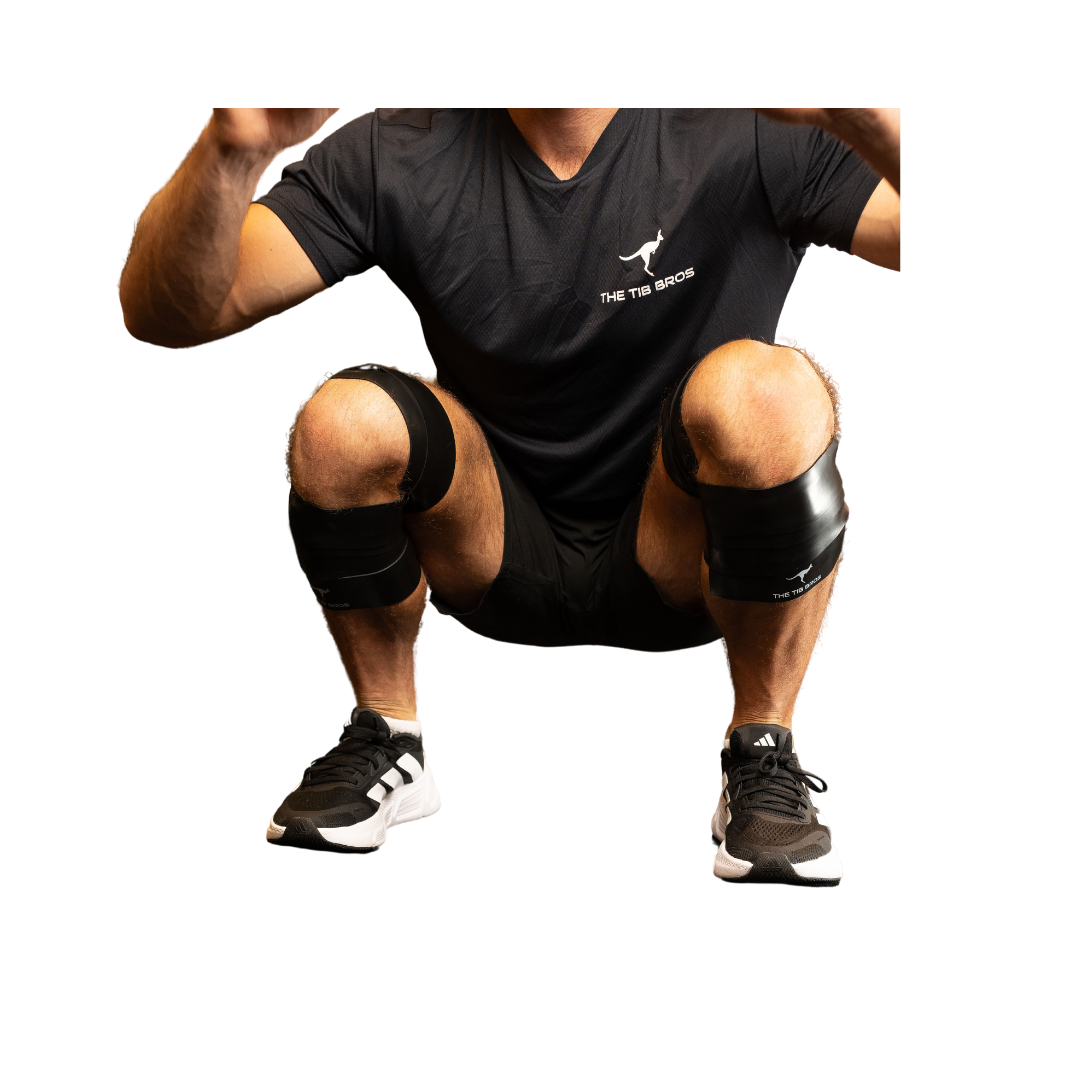Flossing with floss bands, a technique involving wrapping elastic bands around joints or muscles, has been gaining attention for its ability to improve flexibility and range of motion. One of the key areas where this technique has shown significant benefits is in thigh flossing. By applying the floss band to the thigh, studies have demonstrated a marked increase in the knee extension range of motion. For example, in studies conducted by Kaneda et al. (2020) and Vogrin et al. (2020), participants experienced an average increase of 7.38% in knee extension range of motion following a single session of thigh flossing. This increase can be crucial for athletes and individuals seeking to enhance their flexibility, potentially leading to improved performance in various physical activities.
-
In addition to improving knee extension, flossing the ankle joint and calf muscles has been shown to be particularly beneficial in preparing for exercises like lunges. Lunges require a good range of motion in the ankle and calf muscles for proper execution and to prevent injuries. A meta-analysis by Pisz et al. (2020) reported a significant improvement in weight-bearing lunge test results after ankle and calf flossing, indicating an enhanced dorsiflexion range of motion. This preparation can be vital for athletes who rely on quick, powerful movements, as better range of motion allows for more efficient and safer exercise execution.
-
Another significant benefit of flossing with bands is the increase in stretch tolerance. Stretch tolerance refers to the ability of a muscle to stretch further without experiencing discomfort or injury. This improvement is likely a contributing factor to the observed increases in range of motion following floss band application. Kaneda et al. (2020) noted that increased stretch tolerance could explain the positive changes in flexibility observed in their study. By improving stretch tolerance, flossing may enable individuals to push their flexibility boundaries safely, leading to long-term improvements in their range of motion.
-
In conclusion, the data suggests that both joint flossing and soft tissue flossing with floss bands have a positive impact on range of motion, though the magnitude of change may vary. While some studies show a significant improvement, others suggest that similar results can be achieved through stretching alone. Nonetheless, the mechanism behind the increased range of motion, particularly the enhanced stretch tolerance, underscores the potential benefits of incorporating flossing techniques into regular training and rehabilitation routines. For those looking to boost their flexibility and prepare their bodies for physical activity, flossing with floss bands offers a promising and effective approach.
-------------------------------------------------------------------------------------------------------------
References
Konrad A, Močnik R, Nakamura M. Effects of Tissue Flossing on the Healthy and Impaired Musculoskeletal System: A Scoping Review. *Front Physiol.* 2021 May 21;12:666129. doi: 10.3389/fphys.2021.666129. PMID: 34093228; PMCID: PMC8176205.
Kaneda, H., Takahira, N., Tsuda, K., Tozaki, K., Sakai, K., Kudo, S., ... & Kenmoku, T. (2020). The effects of tissue flossing and static stretching on gastrocnemius exertion and flexibility. *Isokinetics and Exercise Science, 28*(2), 205-213.
Vogrin, M., Novak, F., Licen, T., Greiner, N., Mikl, S., & Kalc, M. (2020). Acute effects of tissue flossing on ankle range of motion and tensiomyography parameters. *Journal of Sport Rehabilitation, 30*(1), 129-135.
Pisz, A., Kralova, K., Blazek, D., Golas, A., & Stastny, P. (2020). Meta-analyses of the effect of flossing on ankle range of motion and power jump performance. *Baltic Journal of Health and Physical Activity, 12*(2), 3.

Share:
Benefits of Squatting with Elevated Heels on a Slant / Incline Board
The Ultimate Warm Up Tool To Take On Your Ski Trip